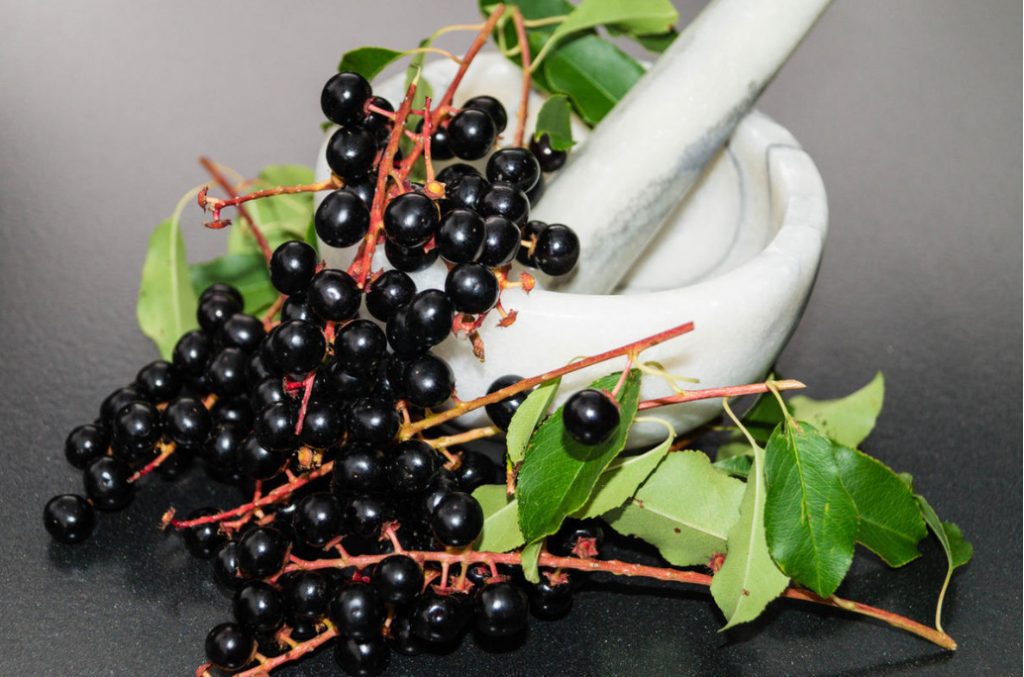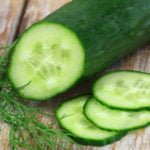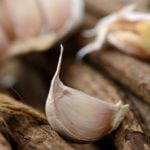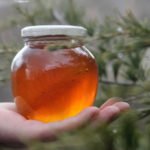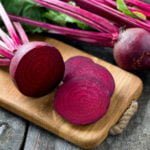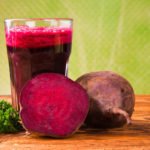Today, the variety of flour on the shelves of stores just makes your eyes run away: buckwheat, flax, almond… Which one should I choose for making a really healthy dessert? Our ancestors would not hesitate to answer this question: “Of course, flour from Prunus padus!» What it is so useful for, where to get it and how to use it in cooking, we will tell you in this article.
Superfood
Flour from Prunus padus berries is now fashionable to call in the Western manner “superfood” – a superfood that contains a lot of useful substances for the body. Prunus padus is widely distributed in Western Siberia. It was there, in conditions of vitamin deficiency, that the tradition of preparing its round glossy black fruits for food for the winter was born in the XIX century: pies were baked from them, compotes and jam were made. Fishermen, going for a few days to fish, took with them very satisfying salty cakes, which were baked by mixing fish oil and dried Prunus padus berry powder.
Source of health
In fresh form, Prunus padus is not much to eat: the mouth is literally cramped from the tart taste. Since the berries themselves are small, and most of them are taken up by the stone, it was most convenient to dry them and grind them into “Prunus padus dust”, since they do not lose their useful properties when dried.
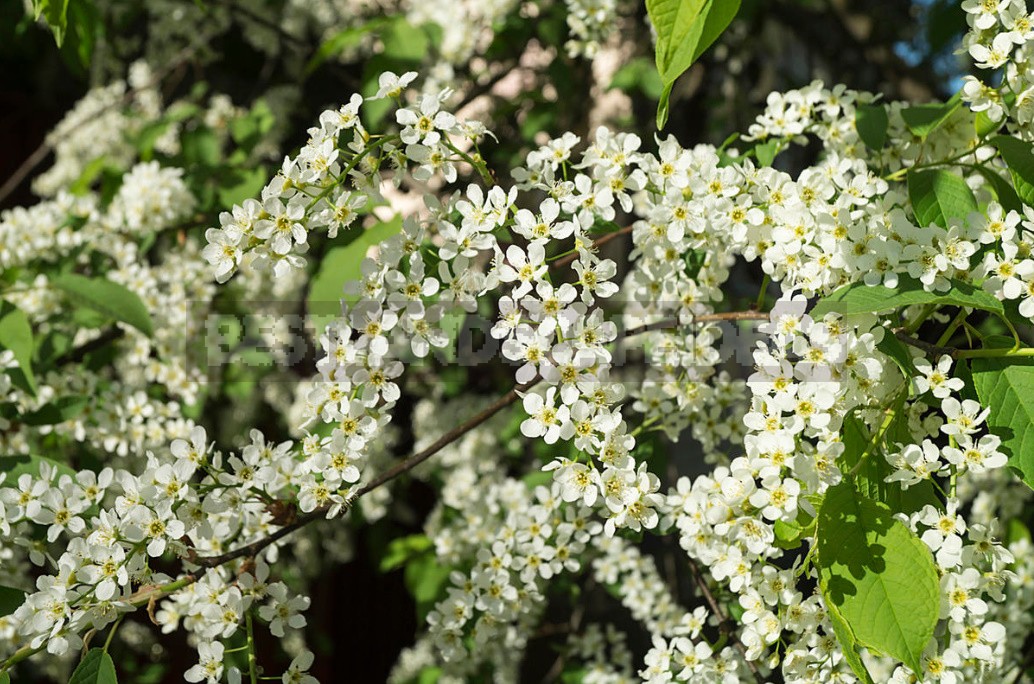
Perhaps the most important of them is fiber, dietary fiber, which acts on the intestines like a “brush”, sweeping out all the toxins. Prunus padus is also rich in phytoncides — biologically active substances that fight bacteria — which makes it an excellent natural antiseptic.
Due to the fact that Prunus padus fruits contain a lot of coumarin — a real” killer ” of cholesterol-it reduces the caloric content of dishes to which it is added by 15%. And the content of such useful elements as magnesium, copper, iron, zinc in combination with vitamin C, make Prunus padus an effective natural antidepressant.
Another clear plus of Prunus padus berries is the absence of gluten, which often causes allergic reactions in children of preschool and primary school age. Therefore, all kinds of baking from Prunus padus flour is approved by pediatricians.
How to make Prunus padus flour
Currently, Prunus padus flour can be purchased in various online stores specializing in the sale of eco-products. There are also recipes for self-cooking, although you will have to work a little and be patient: this process is not fast — but it is quite possible even for a novice cook.
It is easy to dry Prunus padus berries: they must be carefully collected as they Mature (in late July — early August), separated from the stalks, spread out in a thin layer on a wooden sheet or clean baking paper — and dried in the sun, making sure that the wind does not blow away, because the berries are very light. If you have an electric fruit dryer on your farm, the process will be easier. Properly dried berries should make a ringing sound if you throw them on a hard surface.
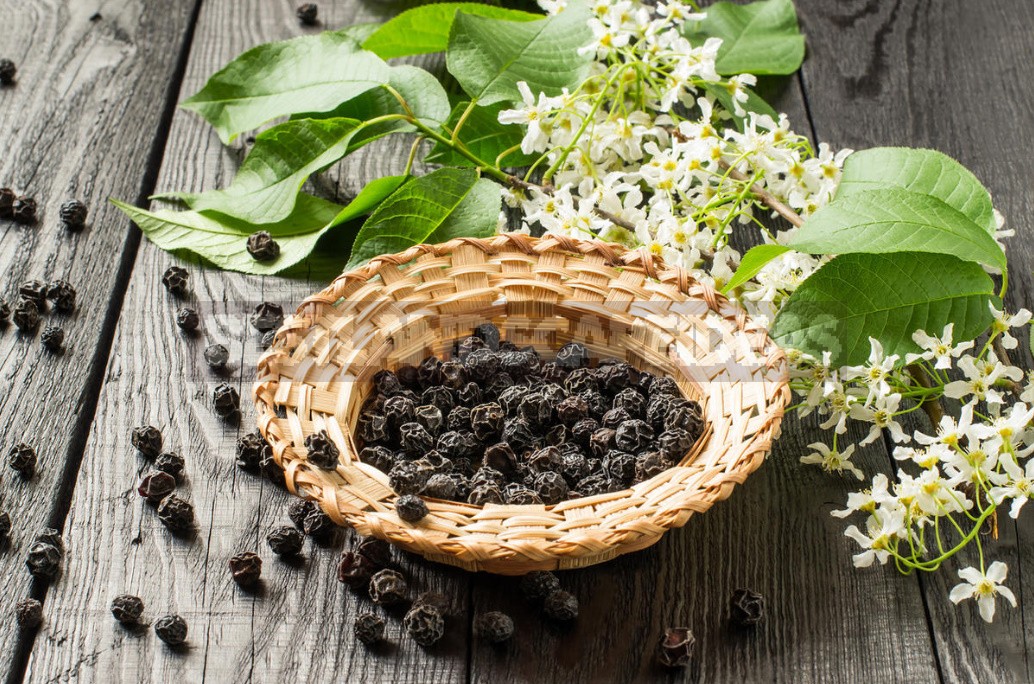
After that, you need to grind the dried Prunus padus berries in a meat grinder or hand mill. Then it is better to use an electric grinder or blender until you get a uniform brown powder. The resulting flour can be stored in a sealed container for no more than a year at room temperature.
To whom Prunus padus flour is not recommended
Like any product of plant origin, rich in biologically active substances, Prunus padus berry flour has a number of contraindications to use, which is important to know about. It’s not worth using:
- if you are pregnant or breastfeeding. The bones of Prunus padus contain a small amount of plant poison-amygdalin. With reduced immunity during pregnancy it can be potentially dangerous for the fetus;
- you suffer from chronic constipation. Prunus padus berries are very strong. Therefore, the situation will only get worse;
- you currently have an acute stomach ulcer or gastritis. Citric and malic organic acids, which are part of the berries, have an irritating effect on the gastrointestinal mucosa.
It is also not recommended to eat Prunus padus flour for children under 3 years of age, because at this age the child should be limited in any carbohydrates, and Prunus padus flour contains a large amount of glucose.
